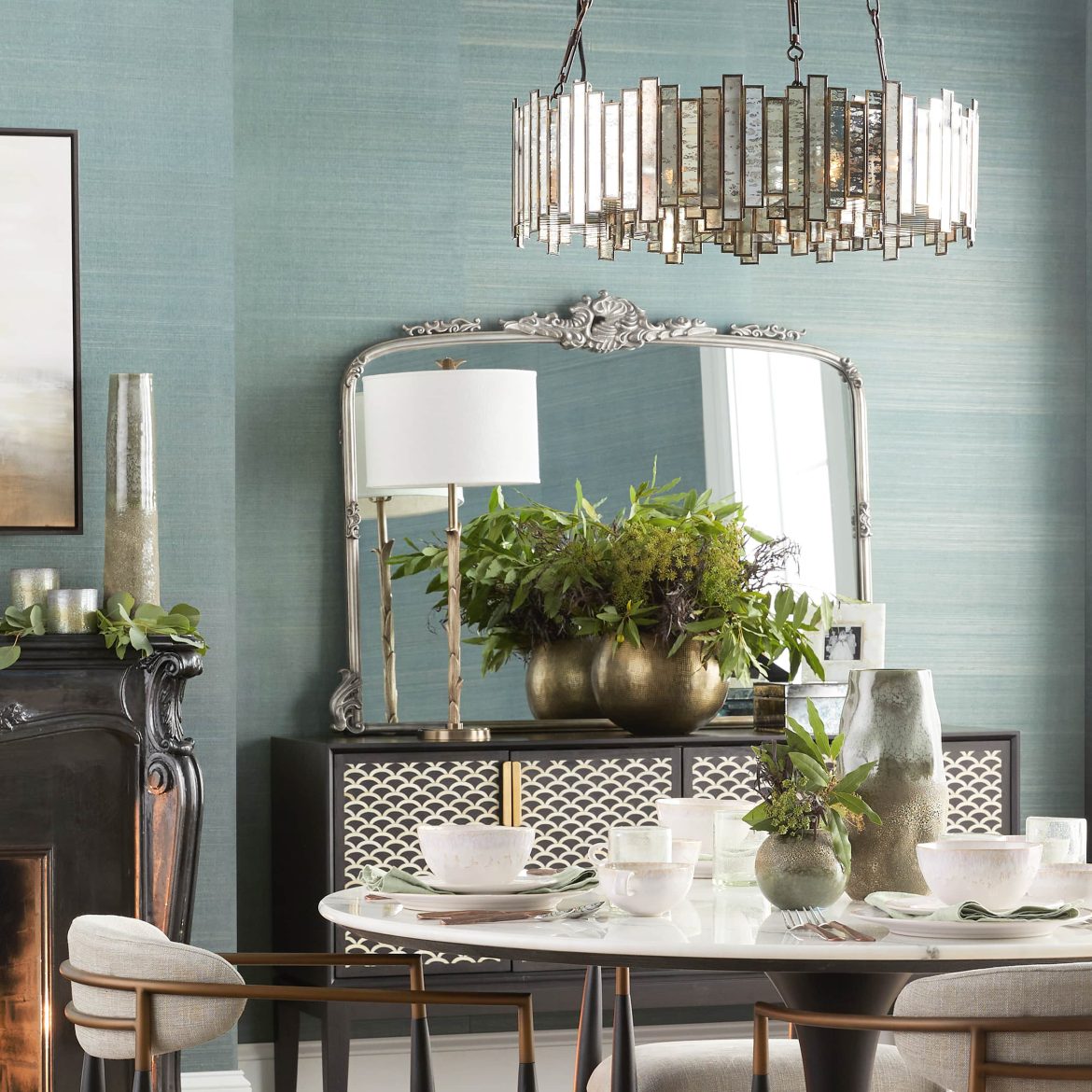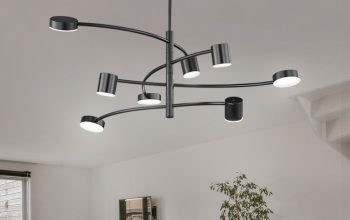Introduction
Lighting design has evolved considerably over the years, with designers constantly pushing the boundaries of what is possible. One approach that has gained particular popularity in recent years is branch lighting design. In this technique, designers incorporate natural or artificial branches into lighting installations, creating unique and striking designs. In this article, we’ll explore the art of branch lighting design in more detail, discussing its history, techniques, and some of the most impressive examples of this approach.
The Origins of Branch Lighting Design
While the use of tree branches in lighting may seem like a recent trend, it actually has roots in traditional forms of lighting design. For instance, in Japanese culture, a style of lighting called “akari” has been used for centuries. Akari lamps combine washi paper with bamboo frames and can feature various natural materials such as wood and wire. These lamps create a warm, comforting glow that is reminiscent of moonlight shining through the trees.
Today, designers have taken inspiration from these traditional practices, incorporating natural materials into their designs to create unique lighting installations. The use of artificial materials such as plastic and metal has also expanded the possibilities for this technique, allowing designers to experiment with different shapes and colors.
Techniques in Branch Lighting Design
One of the key aspects of branch lighting design is the incorporation of the branches themselves. Some designers prefer to work with natural branches, which offer a unique texture and shape that cannot be replicated with artificial materials. Other designers may use artificial branches, which allow for greater versatility and the ability to create more intricate designs.
No matter what materials are used, the process of creating a branch lighting installation typically involves a few key steps. First, the designer must choose the right type of branch, ensuring that it has the right shape, size, and texture for their vision. Once the branches have been selected, they must be cleaned and prepared for installation. In some cases, the branches may need to be cut or altered to fit the installation space.
The next step is to add the lighting elements to the branches. Depending on the design, this may involve wrapping string lights or LED strips around the branches, or installing more traditional light fixtures onto the branches themselves. The final step usually involves arranging the branches in a way that creates a unique and visually interesting installation.
The Benefits of Branch Lighting Design
There are several benefits to incorporating branch lighting into a design. For one, the use of natural and organic materials can create a comforting and calming atmosphere. Additionally, the unique shapes and textures of the branches can add a sense of visual interest and complexity to a space. Finally, branch lighting can be customized to fit a wide range of spaces, from large public installations to smaller private spaces.
Examples of Branch Lighting Design
Some of the most impressive examples of branch lighting design can be found in a variety of settings. For instance, the Tom Dixon Studio created an installation for the Milan Furniture Fair that combined artificial branches with reflective elements, creating a shimmering, otherworldly effect. In another installation, designer Il Hoon Roh created a series of lamps that combined natural branches with LED lighting, creating a warm and inviting atmosphere.
Branch lighting design is an exciting and innovative approach to lighting that offers a range of possibilities for designers. Whether working with natural or artificial materials, this approach can create unique and striking installations that add visual interest and complexity to a space. As designers continue to push the boundaries of what is possible with lighting design, branch lighting will undoubtedly remain a popular and exciting technique to explore.




